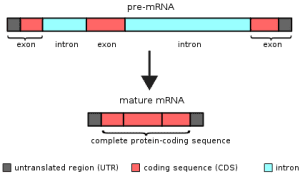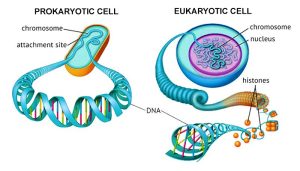7.7 Common Ancestry: Evidence from Eukaryotic Cells
Understanding Common Ancestry Through Evolutionary Theories
When exploring the origins of life, we often look for clues that connect different species through a shared lineage. At the molecular level, these clues can be found in structural similarities between the cells of eukaryotes. Let’s dive into the fascinating evidence that reveals our common ancestry. ⌛
The Evolution of Eukaryotes
Eukaryotes represent an incredibly diverse group of organisms, including plants, animals, fungi, and protists. A defining feature of eukaryotic cells is the presence of membrane-bound organelles, like the nucleus, mitochondria, and chloroplasts. These organelles are believed to have originated through endosymbiosis — a process where one cell engulfed another, leading to a mutually beneficial relationship. Think of it as an ancient cell feast that turned into long-term partnership! 🍔
The presence of membrane-bound organelles across all eukaryotes provides compelling evidence of common ancestry, suggesting that these structures originated from a shared event in evolutionary history.

Linear Chromosomes: Another Clue
Another fascinating feature of eukaryotes is the presence of linear chromosomes. In contrast to the circular chromosomes found in prokaryotes, linear chromosomes are thought to have evolved as a way to store a larger amount of genetic information. This adaptation likely supported the evolution of more complex organisms by allowing for increased genetic diversity and innovation. 🧬
Introns: Enhancing Genetic Complexity
Eukaryotic genes also contain introns — non-coding sequences that interrupt the coding regions, or exons, of a gene. These introns are transcribed along with exons but are removed during a process called splicing. The presence of introns is thought to enhance genetic diversity by allowing for alternative splicing, where different combinations of exons are joined to produce different protein variants. This capability enables eukaryotes to create a greater variety of proteins from a single gene, contributing to the complexity we see in multicellular organisms.

Structural Evidence of Common Ancestry
In summary, the presence of membrane-bound organelles, linear chromosomes, and genes with introns are all unique characteristics of eukaryotes that point to their common ancestry. These features are not only fascinating but also crucial for understanding the complexity that defines eukaryotic life. ⭐
Supporting Evolutionary Theory
These similarities support the evolutionary theory, as it’s highly unlikely for each feature to develop independently in different species. Instead, it’s much more plausible that these characteristics have persisted in eukaryotic cells as they evolved, passing down essential traits from one generation to the next.








